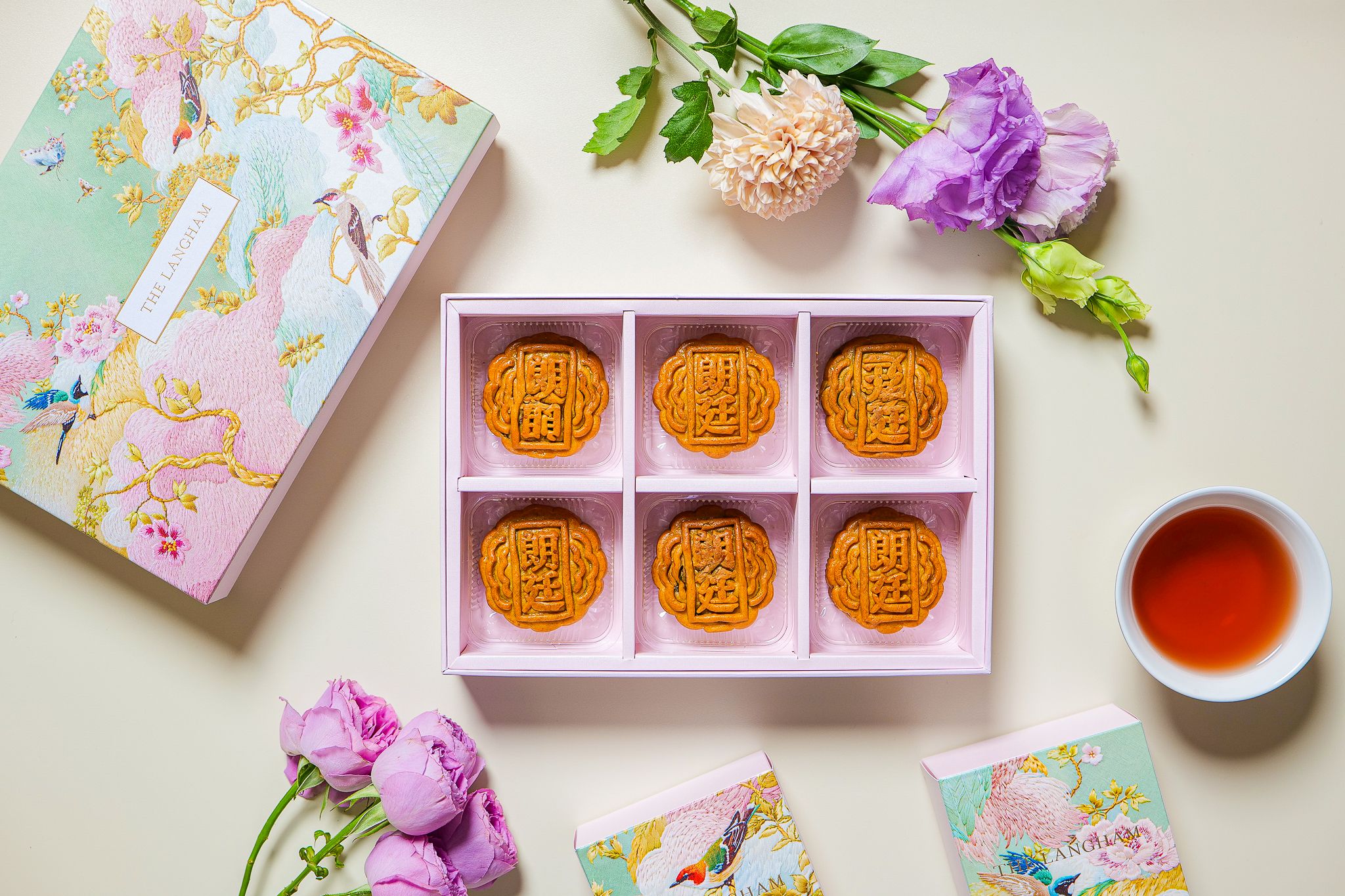Cooking can be a deeply rewarding experience. Mastering a new recipe or recreating a familiar dish brings a certain satisfaction. Whether it’s whipping up a comforting pasta dish, searing a juicy steak, or even baking a birthday cake from scratch, many people find joy in the kitchen. However, the reality is that carving out time to cook, especially on busy weekdays, can be a struggle. While takeout and restaurant meals offer a convenient solution, relying on them exclusively can have drawbacks for our health.
This is where meal kits come in. Often associated with health-conscious individuals or those with specific dietary needs, meal kits can be a valuable tool for anyone who enjoys delicious food but struggles to find the time to cook elaborate meals from scratch.
Here’s the beauty of meal kits: dedicate a single day to preparing a variety of dishes. These pre-portioned meals can then be stored and enjoyed throughout the week. From flavorful noodle bowls and hearty soups to refreshing salads and protein-packed rice dishes, meal kits offer a wide variety of options, ensuring your weekly menu stays interesting.
Undoubtedly, the thought of prepping an entire week’s worth of food can feel overwhelming. But fear not! This article will be your guide to navigating the world of meal kits. We’ll break down the process step-by-step, explore essential storage solutions, and even suggest types of dishes that are perfectly suited for meal kit prepping.
The Perfect Dish for a Meal Kit
Ever dreamt of whipping up delicious meals without spending hours prepping and planning? Meal kits are here to save the day! Here, we focus on dishes that are perfect for creating convenient meal kits. Think simple and quick options like stir-fries, pasta dishes with pre-made sauces, or one-pot wonders like stews or curries. These dishes require minimal ingredients and cooking steps, making them ideal for busy weeknights.
Variety is key for a successful meal kit program. Offer a range of cuisines and flavors to cater to different preferences. Explore popular options like Asian-inspired dishes such as Pad Thai or Kung Pao Chicken, Tex-Mex favorites like fajitas or chili, or classic Italian comfort food like lasagna or spaghetti bolognese. Remember, incorporating seasonal ingredients adds a touch of freshness and affordability to your meal kits. Highlight recipes that utilize vegetables and fruits readily available during specific seasons. This allows for variety while keeping costs in check.
Meal Kit Essential
Now that you’ve chosen your perfect meal kit dishes, let’s get into the fun part – building your kit! Prep work is key to ensure a smooth cooking experience later. Pre-chop vegetables, portion proteins, and prepare marinades in advance. This saves time and ensures everything is ready to go when it’s time to cook.
Keeping Your Meal Fresh
Alright, meal kit prep is done! But now, you need the right storage containers to keep your delicious creations fresh throughout the week.
To store your prepped ingredients, invest in reusable containers. Airtight containers are ideal for proteins like meat, poultry, or cooked grains, and storing sauces. For vegetables and fruits, consider using resealable plastic bags or reusable silicone bags. These options are not only eco-friendly but also help keep your ingredients fresh and prevent them from spoiling.
Here’s what you should consider:
Colorful and Reusable: Local brand Sillyco offers a fantastic option with their reusable silicone pouches. These come in various colors and sizes, perfect for organizing your meals. They’re microwave and freezer-safe, making them super versatile. Plus, the tight seal ensures no leaks, so you can store anything from veggies to soups without worry.
Long-Term Storage Champions: If you need something for extended storage, IUIGA has you covered with their vacuum seal food storage containers. These compact containers are perfect for stacking in your freezer or even doubling as lunchboxes.
When selecting storage for your meal kits, remember two key factors, food grade safety and temperature resistance. Make sure your containers are designed for food contact and can handle both freezing and microwaving, depending on your needs.
How Long Can I Store My Meal Kit?
Knowing how long ingredients last determines how far in advance you can prep your meal kits. Fresh meat and poultry should be stored in the refrigerator for 1-3 days, depending on the cut. Seafood has a shorter shelf life and should be used within 1-2 days. Frozen options offer more flexibility and can be stored for several months.
Vegetables come in a variety of storage needs. Sturdy vegetables like carrots and potatoes can stay fresh in a cool, dark place for up to a week. Leafy greens and delicate vegetables do best in the refrigerator crisper drawer and will last 3-5 days. Frozen vegetables are a great option for longer storage.
For your noodles and grains, dried pasta, rice, and quinoa are your allies. They have a long shelf life and can be stored in airtight containers for months. However, pre-cooked grains like brown rice or quinoa have a shorter life span of 3-5 days when stored in the refrigerator.
By understanding these different storage times, you can plan your meal kits accordingly and ensure your ingredients stay fresh and delicious. Ready to make some meal kits at home?









